Guided Breathing Exercises for Stress Relief
Guided breathing exercises are powerful tools for effectively reducing stress and enhancing mental well-being. Incorporating structured breathing techniques into your daily routine can help calm your mind, regulate your emotions, and promote relaxation. This web page explores various methods, benefits, and practical guidance for using guided breathing exercises as part of a holistic approach to stress relief.

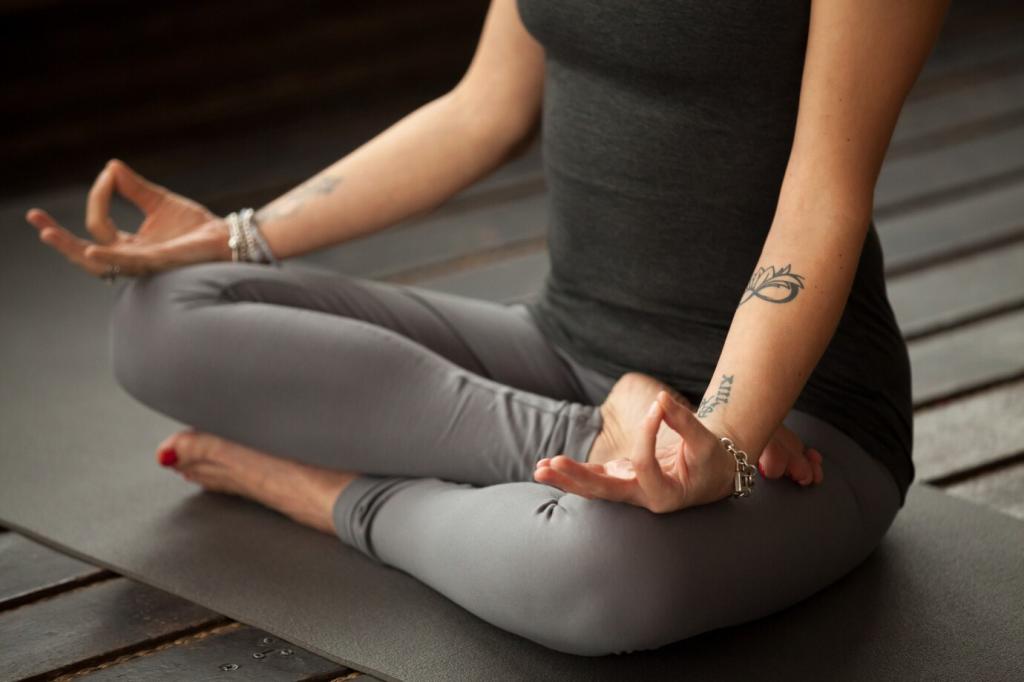
The Science of Stress
Stress triggers a cascade of physiological responses in the body, including the release of hormones like cortisol and adrenaline. These hormones prepare the body to meet challenges but, when constantly elevated, can lead to headaches, muscle tension, increased heart rate, and immune system suppression. Understanding this chain reaction empowers individuals to seek out interventions, like guided breathing exercises, that counteract these effects at a biological level.

Psychological Toll of Chronic Stress
Beyond the physical impacts, chronic stress can impair mood, memory, and motivation. It often leads to irritability, feelings of overwhelm, anxiety, or even depression. Persistent mental strain disrupts daily enjoyment and can erode resilience. Effective stress management strategies focus not only on physical symptoms but also on fostering a healthier mental outlook through interventions such as focused breathing.
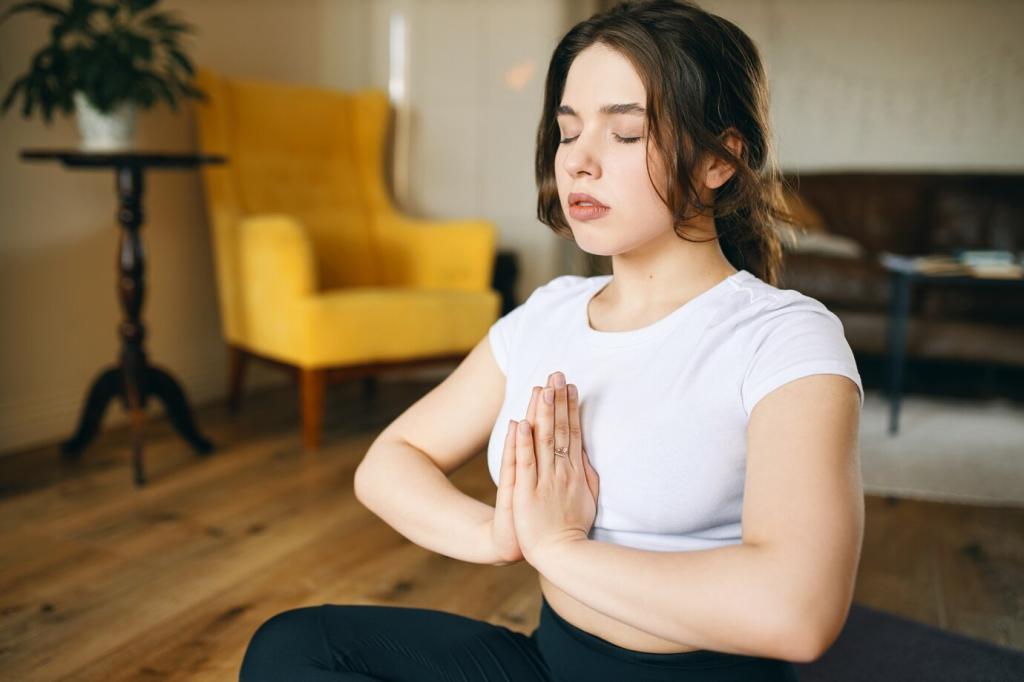
Focus and Awareness
An essential principle of guided breathing is cultivating focused attention on the act of breathing itself. This focus serves as an anchor, drawing your awareness away from external pressures and internal chatter. By mindfully observing each inhale and exhale, you foster a sense of presence in the moment, which is instrumental in reducing stress and cultivating clarity.
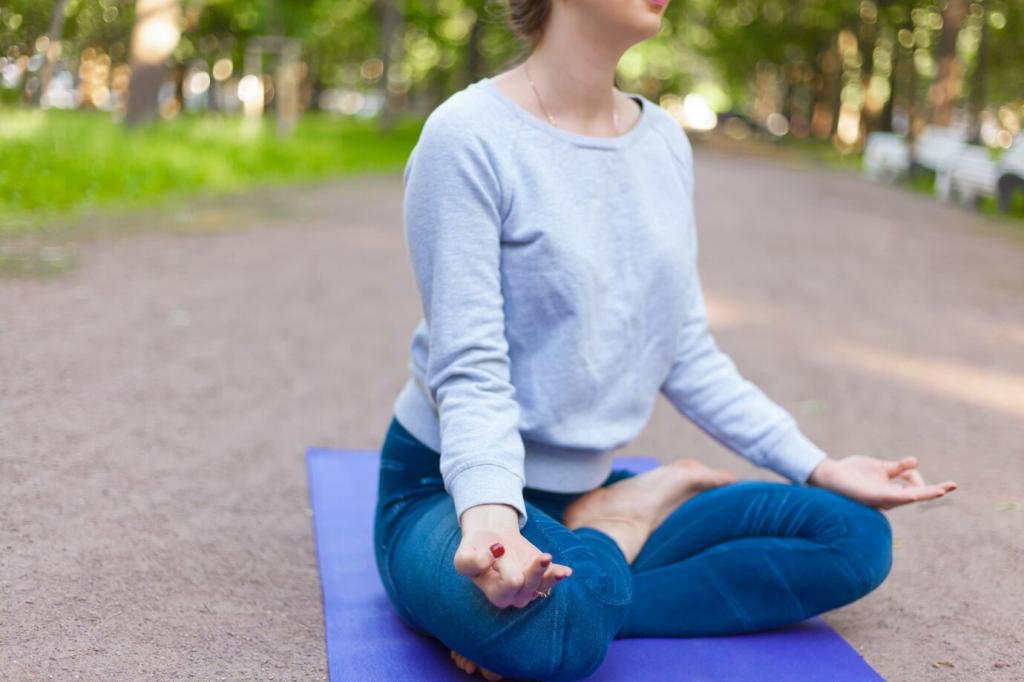
Regulation and Control
Guided breathing involves using intentional control over your breath’s depth, rate, and rhythm. Techniques may encourage slower, deeper breaths, or introduce structured patterns like equal counts for inhalation and exhalation. This controlled breathing activates the parasympathetic nervous system, gradually lowering heart rate and blood pressure, and replacing the body’s stress response with sensations of calm and safety.
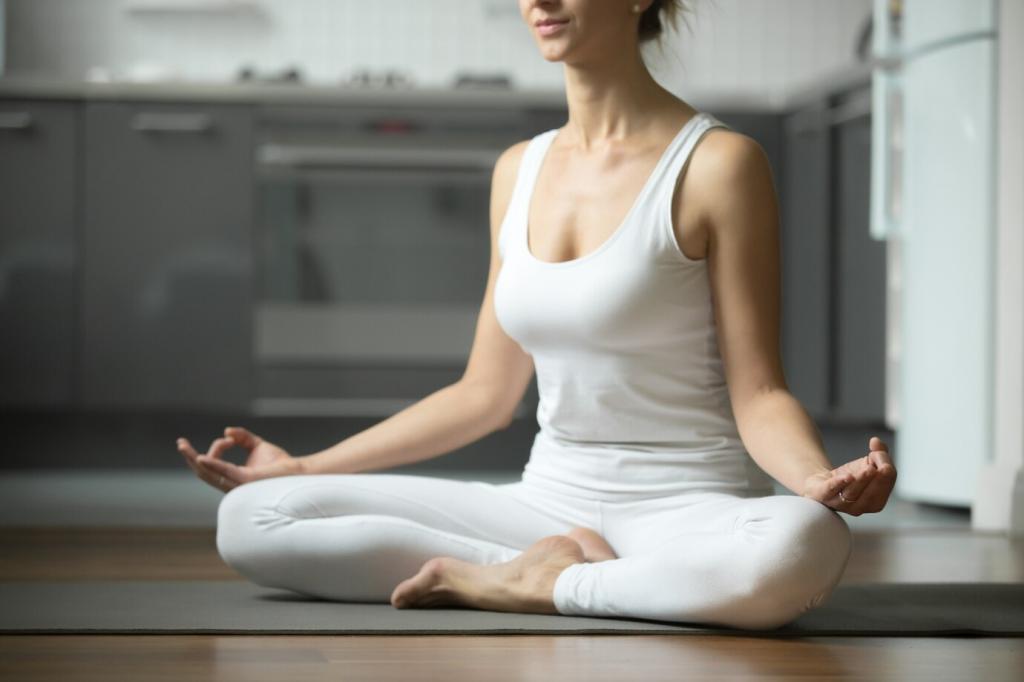
Consistency and Practice
While guided breathing can deliver immediate feelings of relaxation, its most profound benefits come from consistent practice. Making breathwork a regular part of your daily schedule helps reinforce new stress management habits and enhances your ability to return to a calm baseline more quickly in challenging moments. Over time, repeated practice makes relaxation through breathing more natural and accessible.
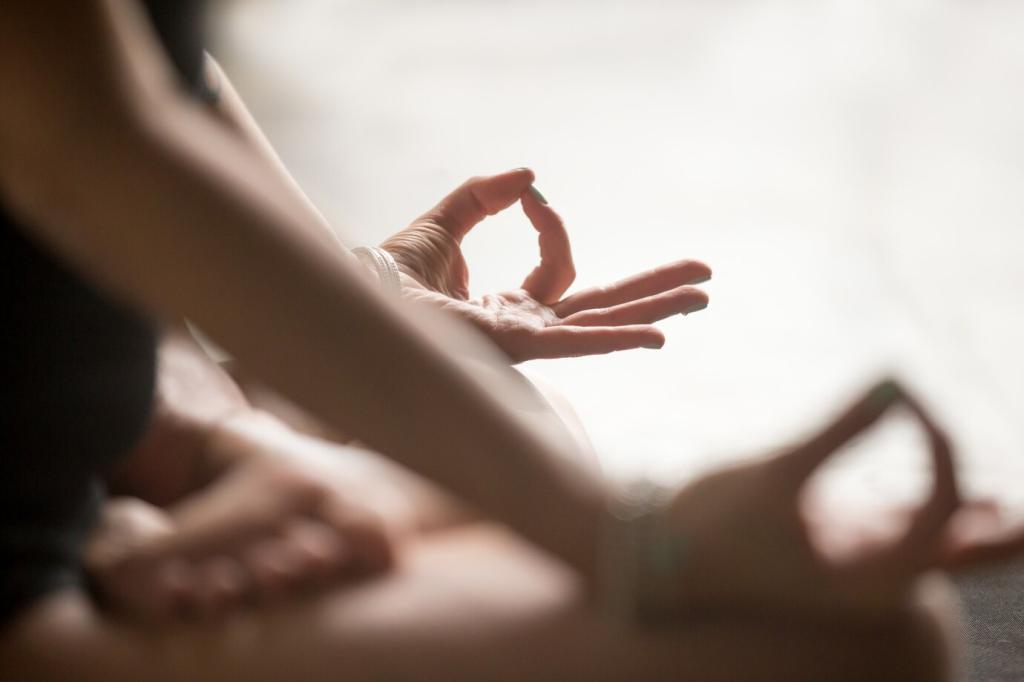
Popular Breathing Techniques for Stress Relief
Diaphragmatic breathing, or belly breathing, focuses on fully engaging the diaphragm. When performed correctly, the abdomen rises with each inhale and falls with each exhale. This deep breathing technique saturates the body with oxygen, slows the heartbeat, and prompts a relaxation response, making it a powerful antidote to anxiety and physical tension.
Benefits of Guided Breathing Exercises
Physical Relaxation
Guided breathing activates the body’s relaxation response, slowing the pulse, reducing muscle tension, and lowering blood pressure. These physiological shifts make it easier to recover from stress and also contribute to overall cardiovascular health. The act of paying gentle attention to your breath can also enhance body awareness and foster a deeper sense of physical ease.
Emotional Balance
Breathwork has significant effects on mood and emotional resilience. By calming the nervous system, guided breathing helps manage feelings of anger, worry, or sadness. Practicing these techniques regularly can help you react more thoughtfully to life’s challenges, fostering emotional stability and a greater sense of empowerment amidst stressful circumstances.
Enhanced Focus and Clarity
Focusing on the breath provides a straightforward way to quiet mental distractions and improve concentration. Guided breathing serves as both a break from mental noise and a training ground for sustained attention. Enhancing your focus through breathwork can give you the mental space needed for creative problem-solving and thoughtful decision-making.
Setting Up Your Practice Space
Finding a quiet and comfortable spot is crucial for successful guided breathing. Look for a space where you won’t be interrupted, with minimal noise and comfortable temperature. Whether it’s a favorite chair, a cozy corner, or a spot outdoors, consistency in your practice location signals to your mind and body that it’s time to relax and focus inward.
Guided Breathing for Beginners
Overcoming Initial Challenges
It’s common for beginners to feel self-conscious or distracted when first practicing guided breathing exercises. Thoughts may wander, and you might be unsure if you’re “doing it right.” Remember that every breath is a step toward relaxation, and there is no perfect technique. Regular, compassionate practice helps these initial challenges naturally fade, making each session more enjoyable.

Integrating Breathing into Daily Life
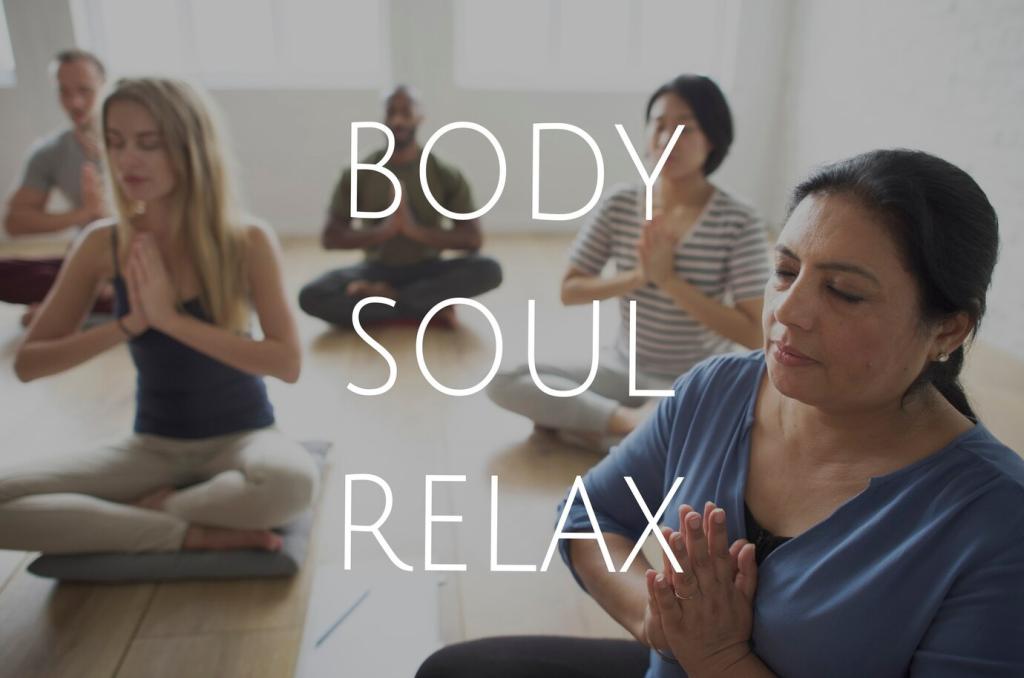
Starting your day with a brief guided breathing session can set a positive tone and help you approach challenges with greater ease. A quiet moment of breathwork in the morning, even for just a few minutes, prepares your mind and body for the demands ahead. This simple ritual can become a source of strength and continuity in your daily routine.
Advancing Your Techniques
After mastering foundational breathing exercises, consider exploring more advanced techniques or combining breathwork with visualization, gentle movement, or meditation. Expanding your repertoire keeps practice engaging and helps unlock additional levels of relaxation and awareness. Continuous learning and experimentation can reignite your enthusiasm and commitment.
Tracking Progress and Benefits
Journaling your experiences with guided breathing can reinforce your progress and highlight improvements in mood, energy, and stress levels. Documenting when and how breathwork has helped you through difficult moments provides motivation to continue and helps you identify patterns that maximize effectiveness. Reflection transforms your practice into a personalized journey of self-discovery.
Cultivating Mindful Presence
The longer you practice guided breathing, the more natural it becomes to bring mindful attention to all areas of life. Over time, you may find increased awareness of habitual tension or reactive thoughts in daily activities. Using the breath as a grounding anchor, you can continuously return to the present, nurturing a state of calm resilience in a busy world.
